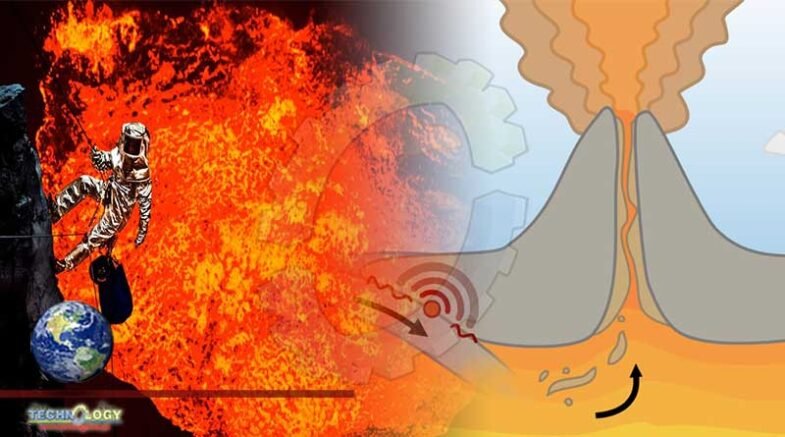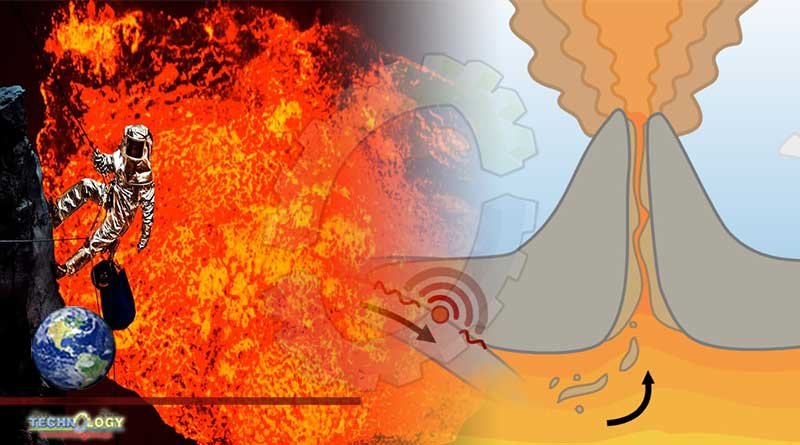If you were to slice a volcano in half, what would it look like inside? For most volcanoes it’s assumed that there is a large magma chamber.

If you were to slice a volcano in half, what would it look like inside? For most volcanoes it’s assumed that there is a large magma chamber which is connected to the surface by a narrow conduit: a structure referred to as the “balloon and straw” model. But detailed analysis of a buried extinct volcano in the Faroe-Shetland Basin reveals that volcano plumbing isn’t as straightforward as first thought.
Erlend last erupted 55m years ago and today lies buried under more than a kilometre of sediment. Using 3D seismic images and data from oil exploration wells, Faye Walker, from the University of Aberdeen, and colleagues have pieced together the plumbing system inside the fossilised volcano. Their images, published in the journal Geology, reveal a “Christmas tree” structure inside, suggesting that the magma chamber grew like a tree, with each fresh batch of magma adding a new set of gently downward sloping branches.
The stop-start nature of the way Erlend’s magma chamber grew ties in with the idea that only a small fraction of a volcano’s chamber is molten at any one time. This has implications for our understanding of what triggers a volcano to erupt, and suggests that the “branches of the tree” play a critical role.
Originally published at The guardian
